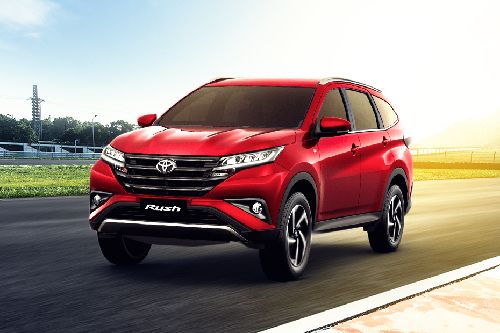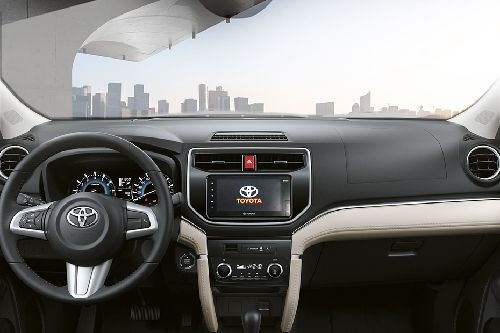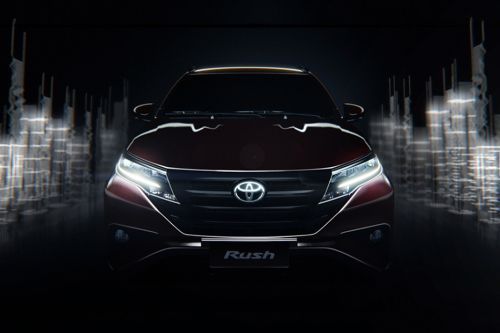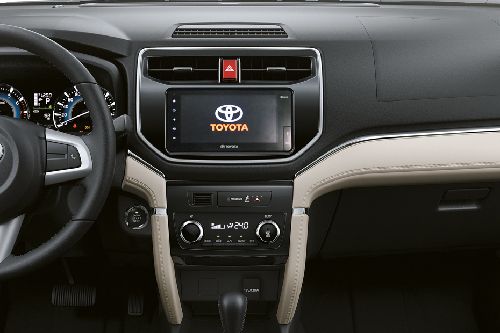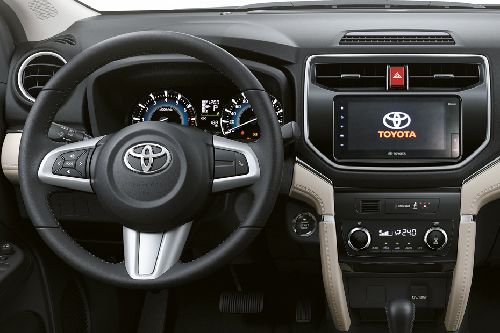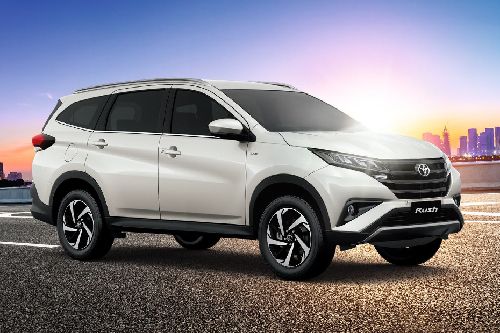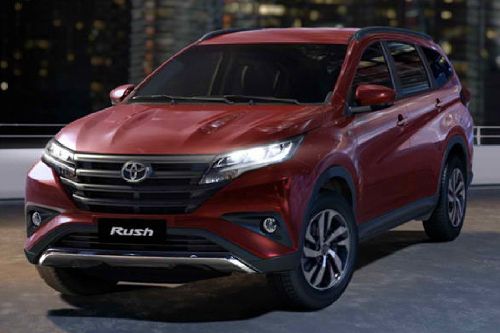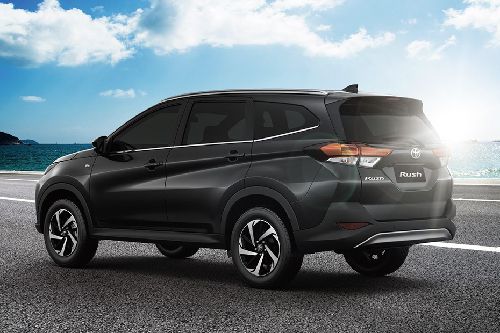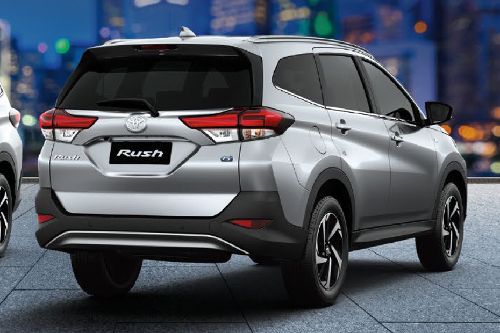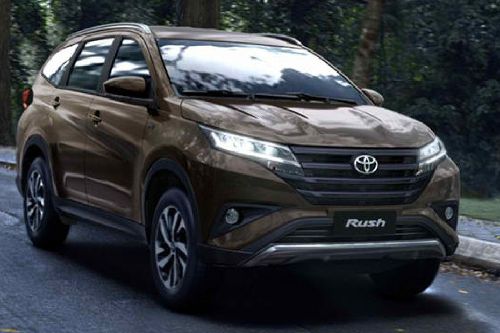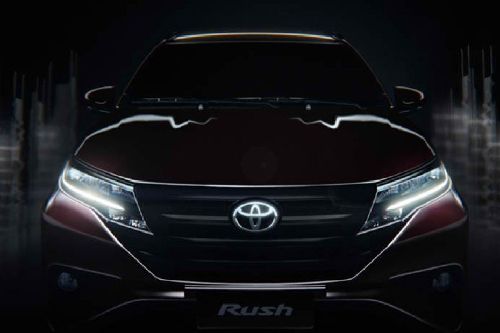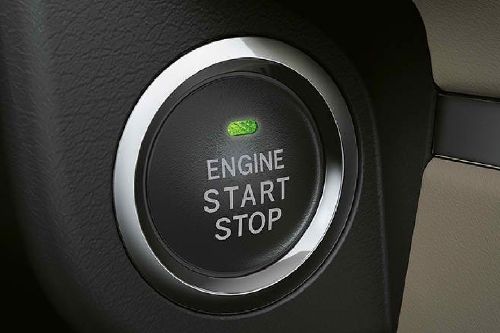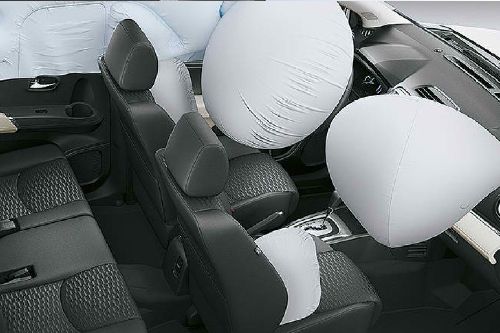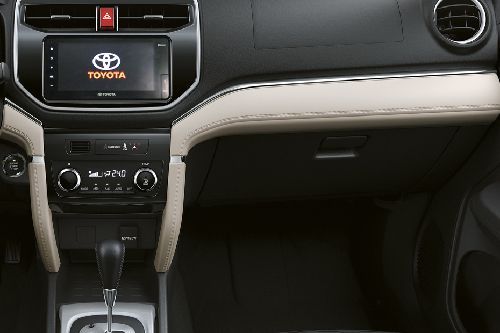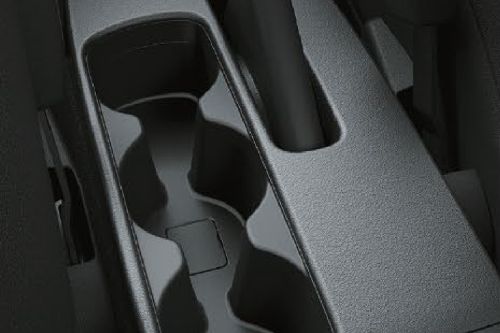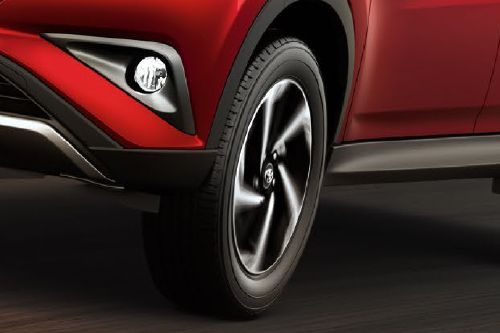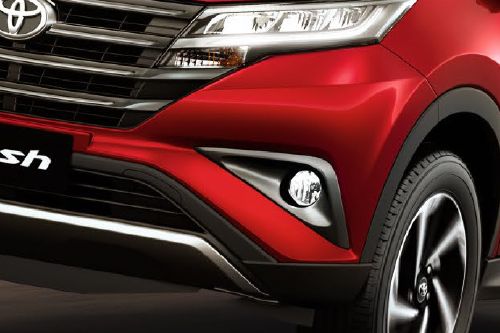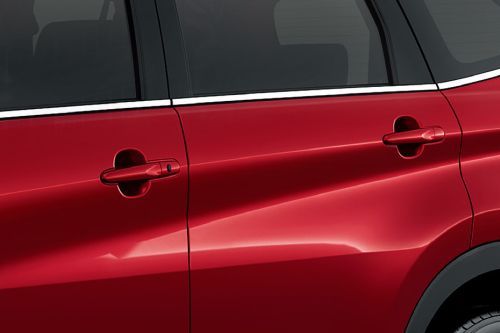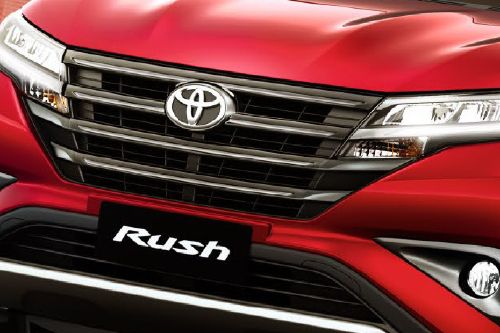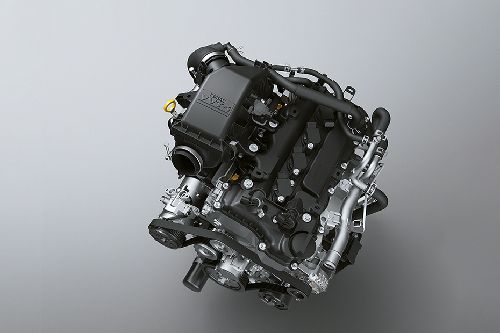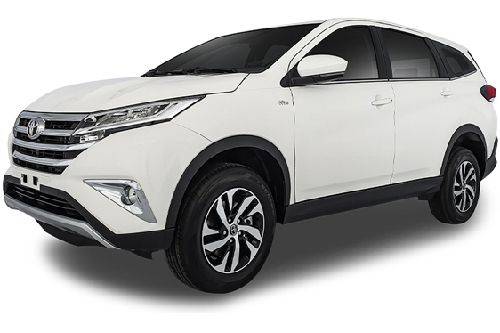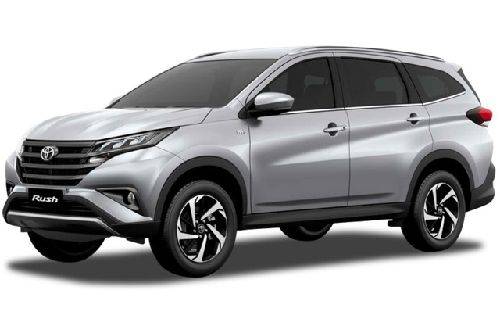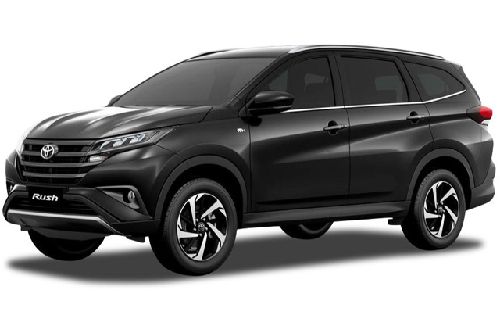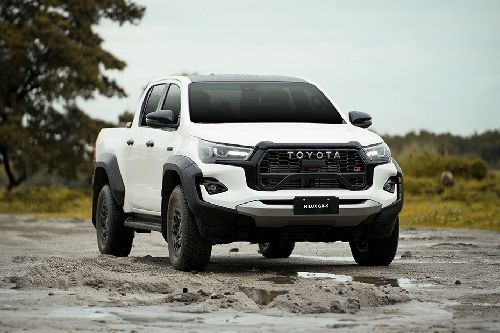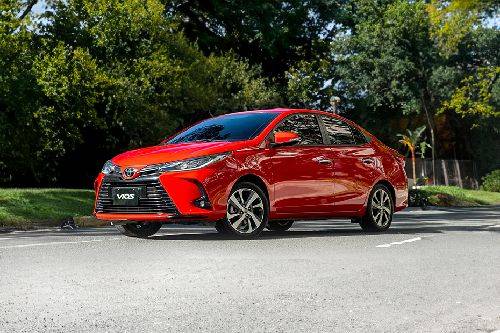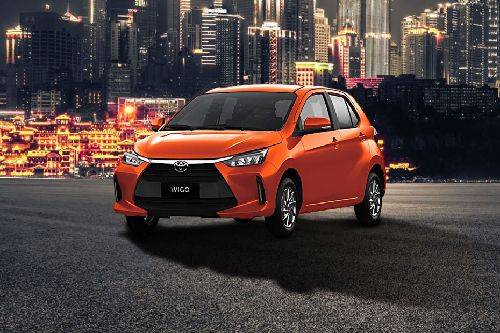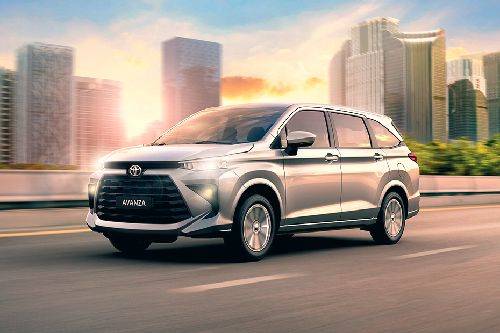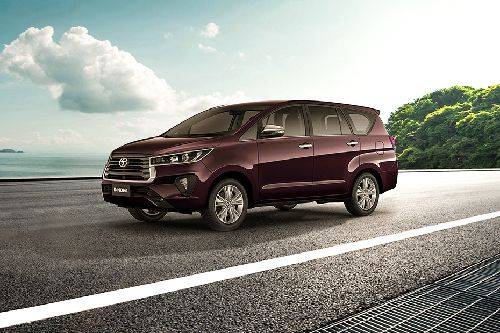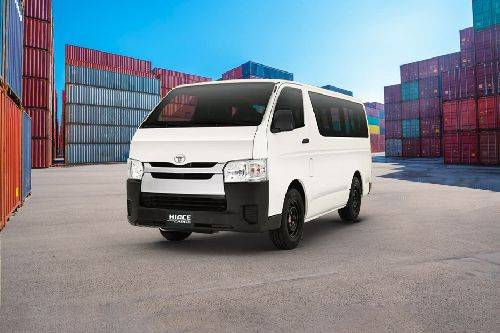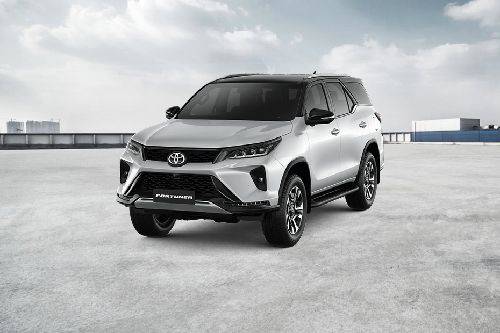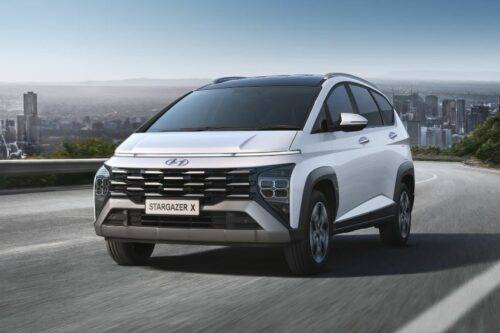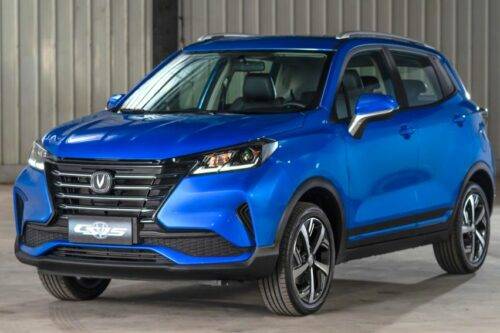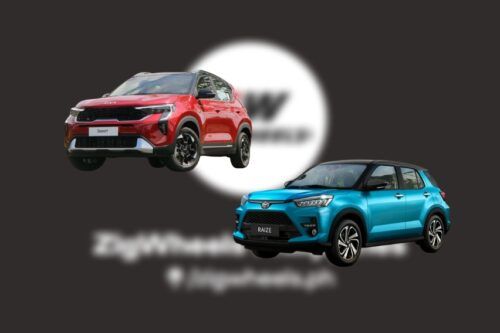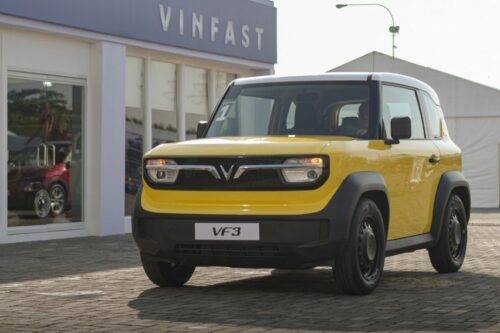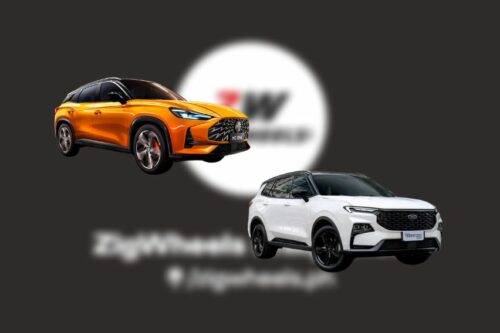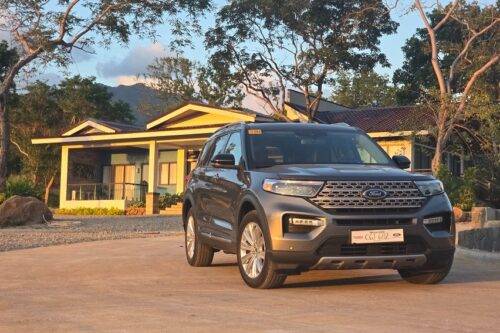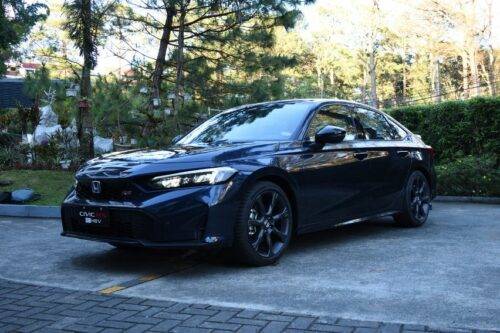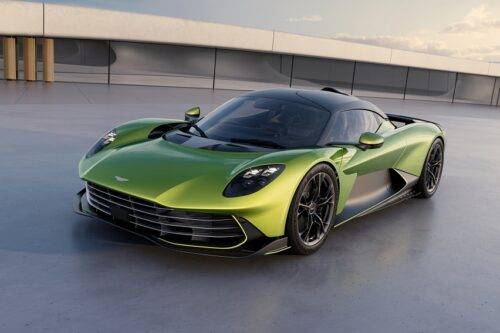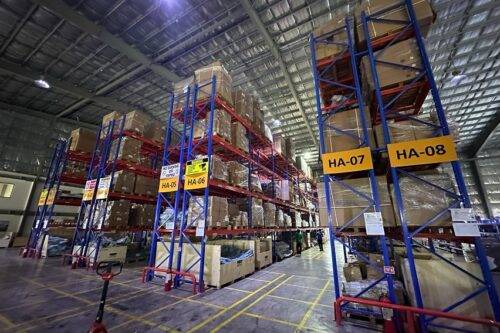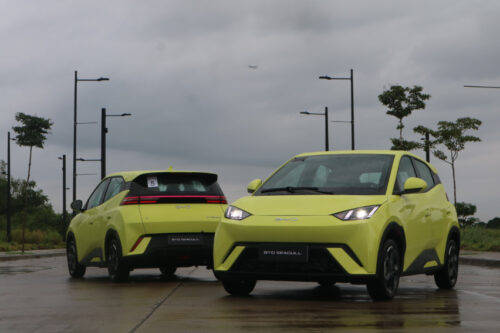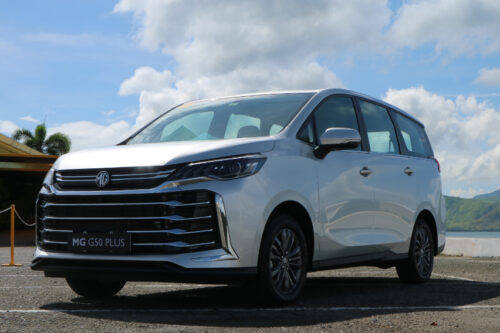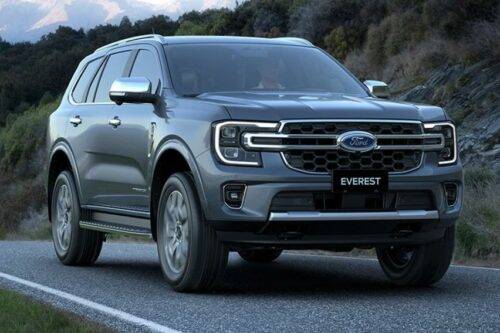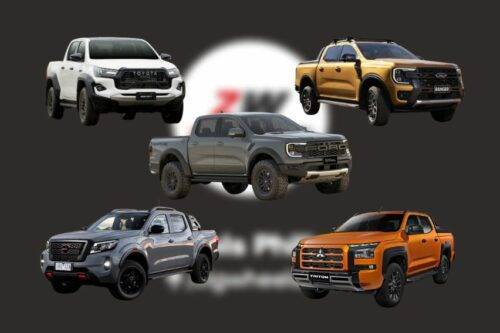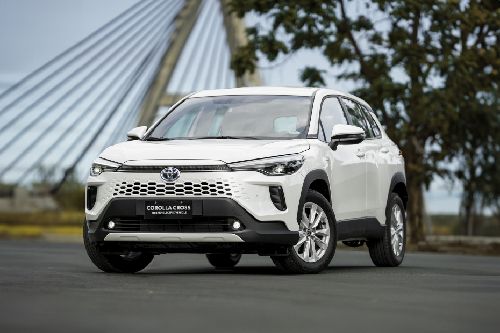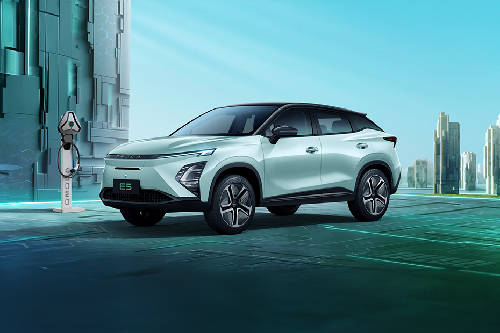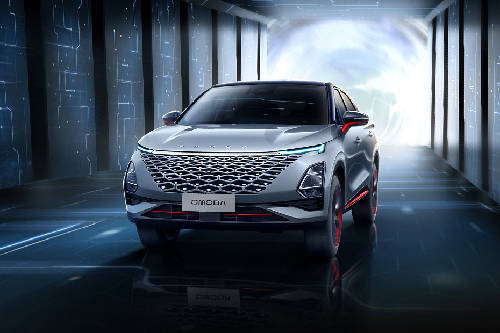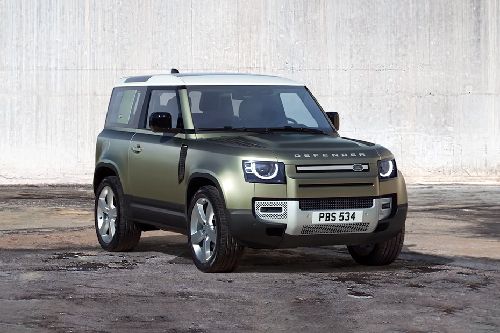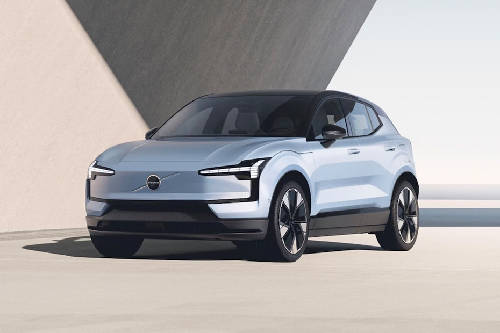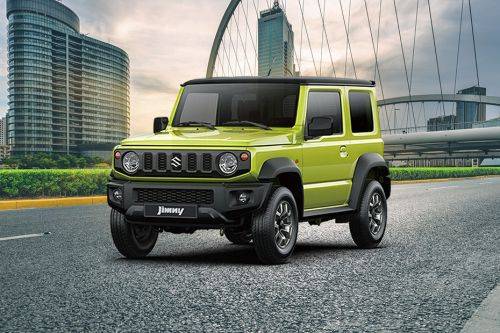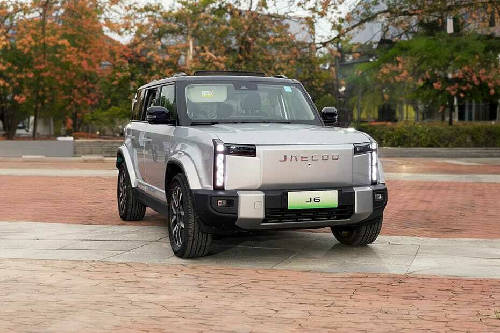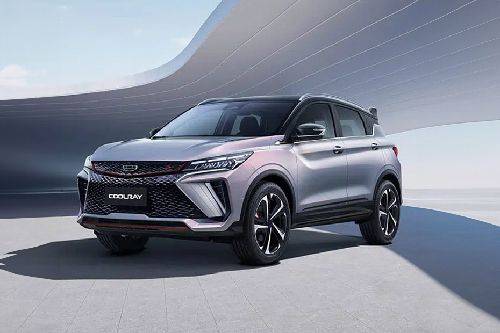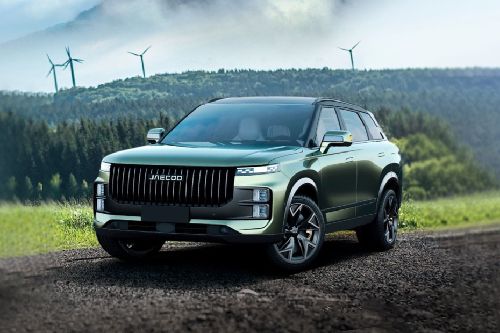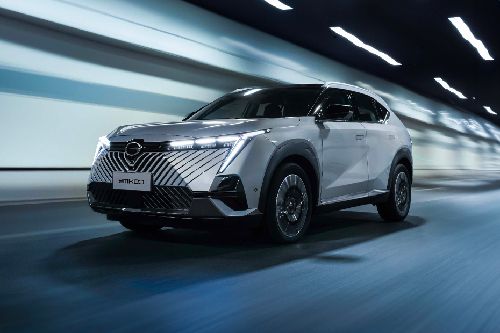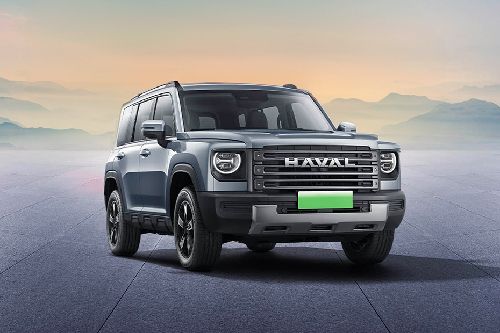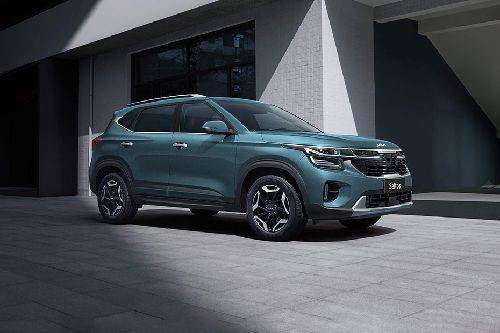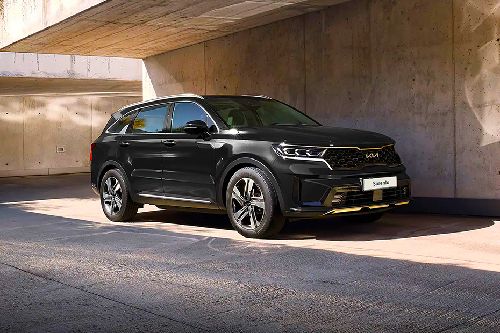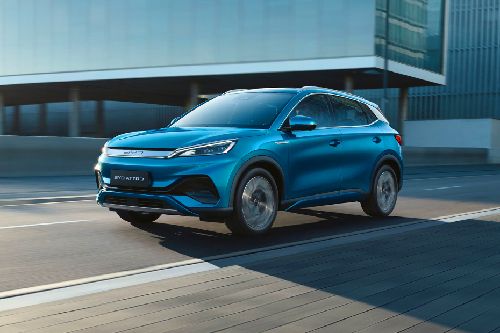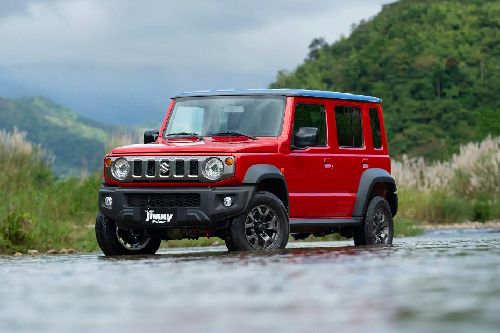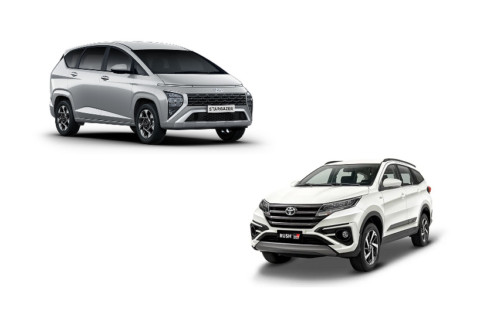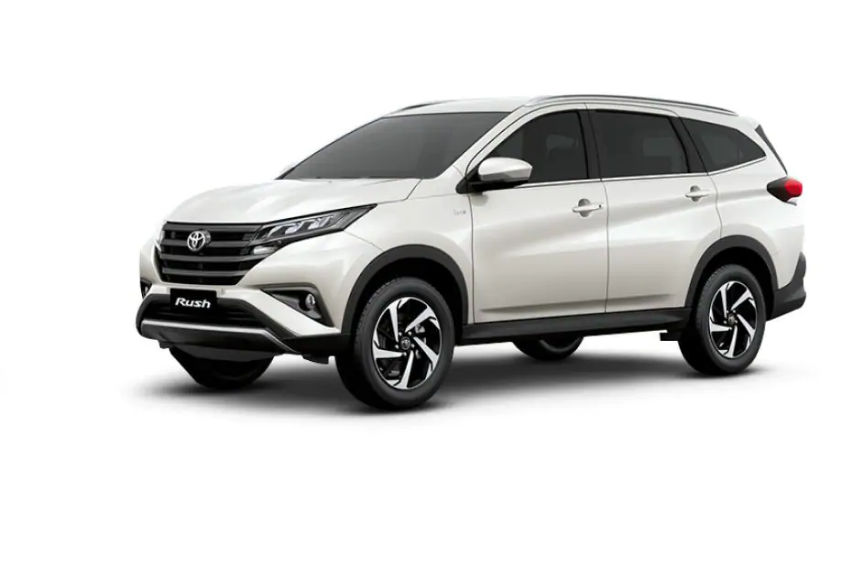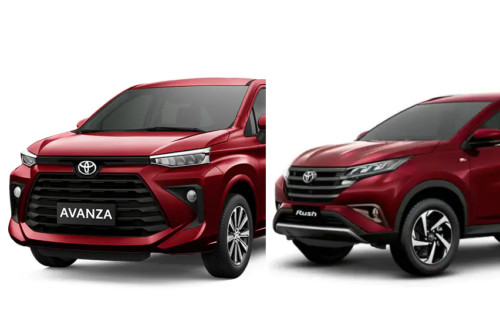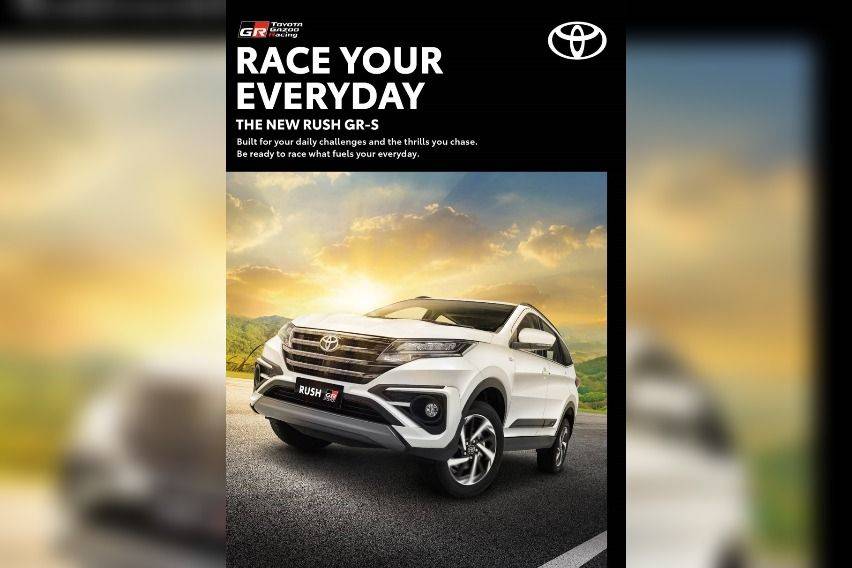Performance or utility: What Toyota Rush is about?
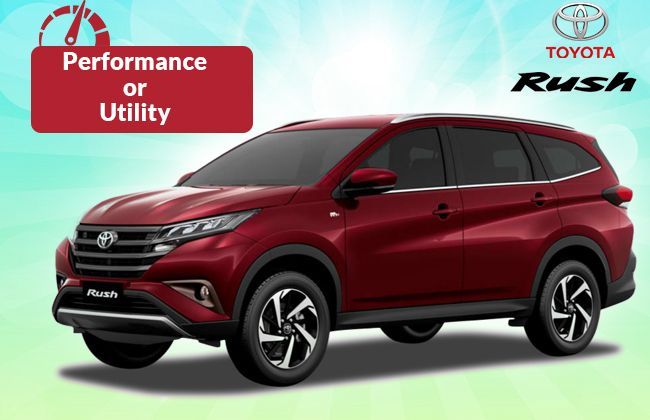
An SUV is looked upon as a great asset. It can navigate through treacherous terrain and what not. The higher ground clearance means you don’t have to worry about tackling the rough side of the road. The lofty seating position is also a boon given that our country is not the types to be biologically inclined to produce tall genes. This also means that more and more car makers identify this as the sweet spot when designing or introducing new cars here. Toyota has just done that. The Rush goes head-on with both the Honda BR-V and now the Mitsubishi Xpander, both oddballs at not being able to distinguish what their primary segment should be. So, if the Rush fits into that segment, should it be more about the utility or performance on tap? Let’s figure this one out now.

Utility
A vehicle that is fun as well as practical enough to be taken out on weekends while tackling the regular grind on weekdays is what the Rush is all about. A look at the Toyota Rush Philippines market says that buyers are absolutely loving this Indonesian import. Getting back to the utility aspect, we should start with the Toyota Rush 2018 interior. The front seats have a different upholstery than in the Avanza. A quick look at the Rush as well as the Avanza’s dimensions suggests that the former is bigger in all aspect. The dimensions of the Rush are 4,435 x 1,695 x 1,705 mm in the length, width and height stakes. In the meanwhile, the Toyota Avanza is 4,140 x 1,660 x 1,695 mm respectively for the length, width and height. The competitors, Honda BR-V as well as Mitsubishi Xpander are 4,453 X 1,735 X 1,665 mm and 4,475 X 1,750 X 1,700 mm respectively for the length, width and height comparison. The Toyota then is smaller in length slightly, smaller in width significantly and taller than its Japanese brethren.

The wheelbase of the Toyota Rush Philippines is also slightly bigger at 2,685 mm compared to the Avanza’s 2,655 mm. The wheelbase of the Honda BR-V is 2,662 mm whereas that of the Mitsubishi Xpander is 2,775 mm. In this aspect too, the competitors are better stacked as you can see from the Toyota Rush specs. Toyota though has an upper hand with 13 bottle holders included for the three-row seating configuration.
As is the case with vehicles of this type, there are roof mounted air conditioner blowers that keep the second and third-row passengers cool. There is also a single zone automatic climate control on offer. The third-row space is better left for kids and the BR-V is a bit better in this aspect. Luggage space is far better in the Mitsubishi though with all seats down.

A unique aspect of the Toyota Rush specs is that it has a dash mounted camera that can be used to record the trip for creating memories or for reporting any untoward incident while driving. The installation is also free now. The Toyota Rush colours include Bordeaux Mica, Bronze Mica Metallic, Dark Red Mica Metallic, White, Silver Mica Metallic and Black Metallic.
Overall, in terms of utility, the Rush doesn’t manage to then capture our attention because the competition does it slightly better. Let’s see if the performance aspect comes out shining or not.
Performance of the Toyota Rush
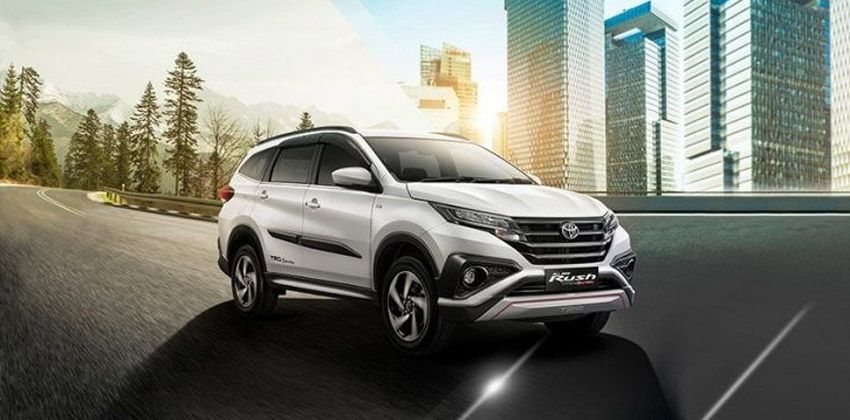
Toyota uses its tried and trusted 1.5-litre naturally breathing petrol engine on the Rush. Remember the Avanza underpinnings. Both the Honda as well as the Mitsubishi vehicles also use 1.5-litre engines. The Toyota then makes 104 PS of power and 136 Nm of torque. Power is sent to the rear wheels via a 5-speed manual or a 4-speed automatic. The interesting thing here is that all the other vehicles mentioned here are front wheel drive units. However, the Honda BR-V is more powerful at 119 PS of power and 141 Nm of lugging capability. A CVT is mated with this engine. The Mitsubishi though gives the Toyota company by making nearly identical power number at 102 PS but producing more torque at 145 Nm. The same gearbox options as the Toyota make their way into the Mitsubishi as well. In terms of acceleration, the Honda trumps both the other cars here. It is a similar story with the top speed as the Honda accelerates clean till 180 kmph whereas the others lose steam by 160 kmph.

In terms of efficiency, the story is repeated with the Honda being the most efficient at 13.5 kmpl whereas both the Mitsubishi and Toyota account for around 11-12 kmpl mileage.
Pricing?
The Toyota Rush price list has to be a strong thing when it comes to the sales numbers. The concept of creating an alternative form of transport using the same underpinnings means lesser investment costs. It also means more shared components. The Toyota Rush price in the Philippines starts from Php 948,00 and goes all the way to Php 1,070,000. There are three variants, one manual and two automatic. In contrast, the Honda BR-V prices start from Php 1,072,000 and the Mitsubishi Xpander from Php 1,060,000. It is clear there that Toyota has put in a lower price point for its Rush SUV. The Toyota Rush price for the top variant is equal to the starting price of the BR-V. This combined with the okay performance and interiors along with the stellar safety dragnet make the Rush an overall better choice. Did we also say that it comes with the trustworthy Toyota badge on its nose?
Sell your car at the best price
 Verified and genuine buyers
Verified and genuine buyers
-
Explore Toyota Rush
Toyota Rush₱1.202 Million Emi Starts : ₱20,620 x 60
Toyota Car Models
Don't Miss
Toyota Rush Promos, DP & Monthly Installment
PIMS 2024
Trending & Fresh Updates
- Latest
- Popular
You might also be interested in
- News
- Featured Stories
Toyota Featured Cars
- Latest
- Upcoming
- Popular
Latest Toyota Rush Car Videos on Zigwheels

Compare & Recommended
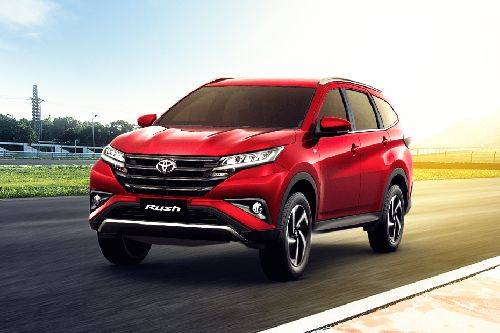
|
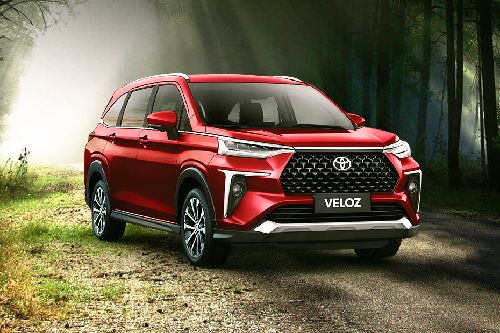
|
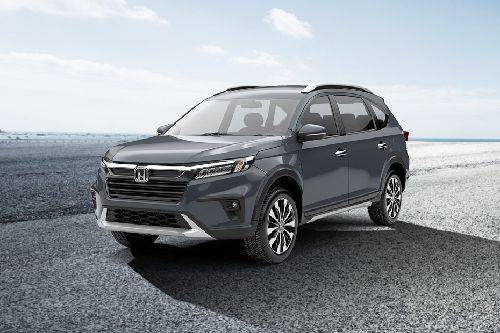
|
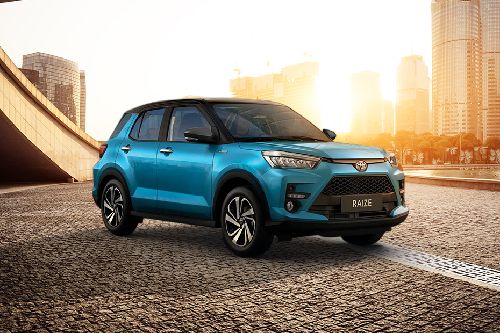
|
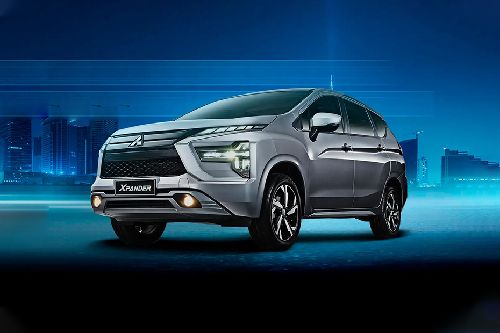
|
|
Seating
7
|
7
|
7
|
5
|
7
|
|
Fuel Type
Gasoline
|
Gasoline
|
Gasoline
|
Gasoline
|
Gasoline
|
|
Engine
1496
|
1496
|
1498
|
1198
|
1499
|
|
Power
102
|
105
|
119
|
87
|
103
|
|
Torque
134 Nm
|
138 Nm
|
145 Nm
|
113 Nm
|
141 Nm
|
|
Transmission Type
Automatic
|
CVT
|
Manual
|
Manual
|
Manual
|
|
|
Trending SUV
- Latest
- Upcoming
- Popular
Toyota Rush Car Articles From Carmudi
- journal

